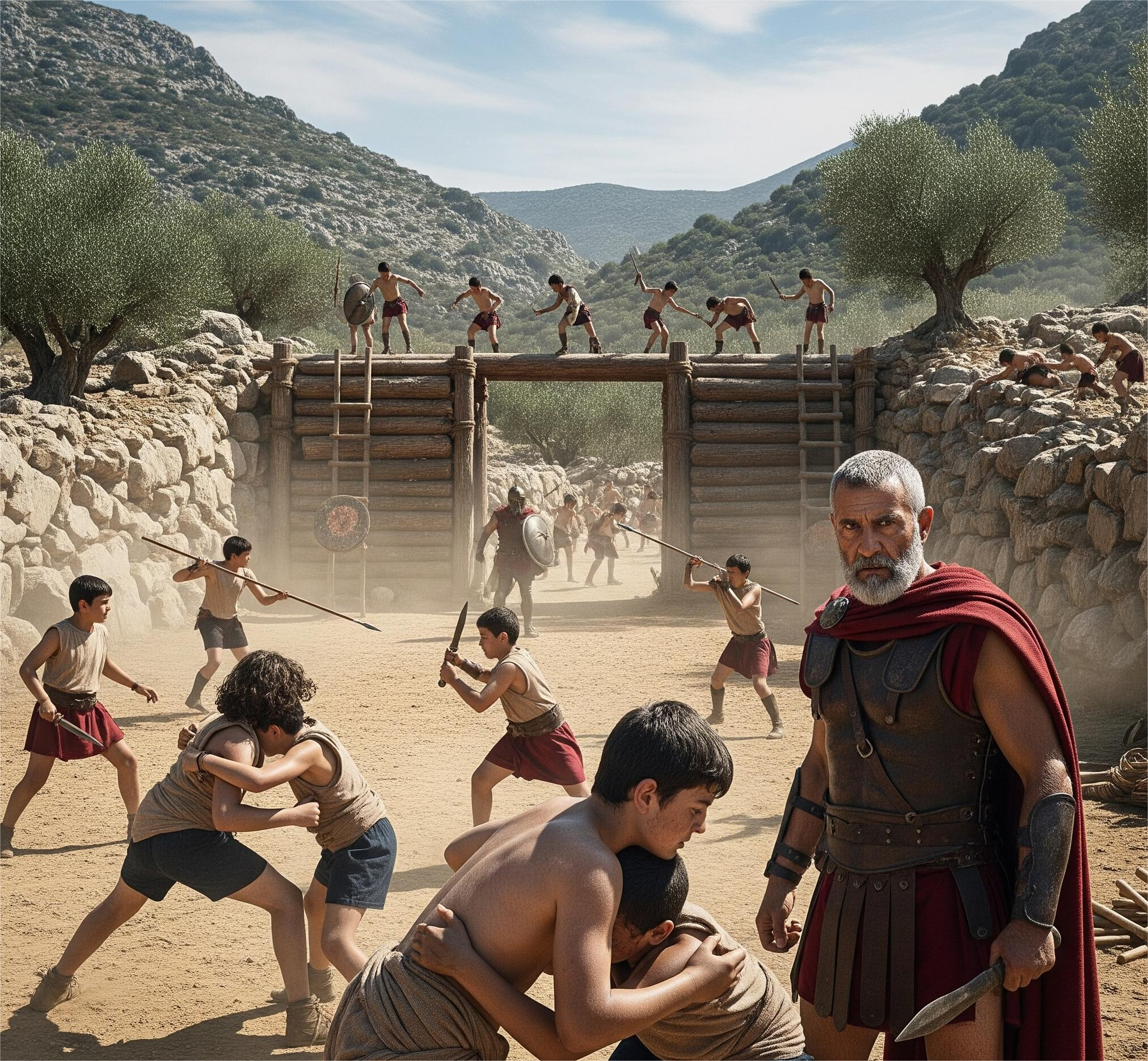The story of the Maiden, a 15-year-old Inca girl sacrificed in a ceremonial ritual 500 years ago, offers a haunting glimpse into ancient practices and human biology. Discovered in 1999 atop Argentina’s Llullaillaco volcano, her well-preserved remains have provided researchers with vital insights into Inca culture and the diseases of the time. Recent scientific studies reveal that she likely suffered from a bacterial lung infection, underscoring how modern techniques can unearth secrets from the distant past.
The Discovery of the Llullaillaco Mummies
The Maiden was one of three child mummies unearthed from the frigid summit of Llullaillaco, 22,100 feet (6,739 meters) above sea level. Alongside her were the remains of a 7-year-old boy and a 6-year-old girl. These mummies were preserved naturally by the harsh freezing conditions of the Andes, offering unparalleled preservation of their bodies and garments. This preservation enabled detailed scientific analysis to uncover their story.
The three Llullaillaco mummies, including that of the 7-year-old boy (shown here), are preserved at Museum of High Mountain Archaeology (MAAM) in Salta, Argentina. (Image credit: Angelique Corthals)
The Maiden and her companions were sacrificed as part of the Capacocha ritual, a practice intended to appease the gods or mark significant events. Archaeological evidence suggests the children were fed a high-status diet of maize and llama meat in their final year, a departure from their earlier peasant diets of potatoes and vegetables. This dietary shift aligns with the Inca belief that elite foods prepared the chosen for their sacred journey.
A close look reveals the stunning preservation of La Doncella, the naturally mummified body of a teenage Inca girl on display in an Argentine museum.
Photograph by Natacha Pisarenko/AP
A Closer Look at the Maiden’s Health
Using advanced techniques, scientists examined proteins in tissue samples from the Maiden and the 7-year-old boy. Unlike DNA analysis, which is prone to contamination and provides limited context about diseases, protein analysis—specifically shotgun proteomics—offers a snapshot of biological activity at the time of death. This approach allows researchers to identify diseases and immune responses with remarkable precision.
Photograph by Natacha Pisarenko/AP
The results were striking: the Maiden’s protein profile mirrored that of someone with a chronic respiratory infection. X-rays further revealed damage consistent with a lung infection. DNA analysis confirmed the presence of Mycobacterium, a genus of bacteria responsible for respiratory illnesses such as tuberculosis (TB). Although the exact species could not be pinpointed, it likely belonged to a cluster causing TB or similar infections.
In contrast, the 7-year-old boy showed no signs of disease or pathogenic bacteria, highlighting the Maiden’s unique health challenges during her final days.
The Role of Shotgun Proteomics
The shotgun proteomics technique employed in this study breaks proteins into their amino acid chains for analysis using a mass spectrometer. By comparing these chains with known human proteins, researchers can identify specific proteins and infer biological conditions, such as infections or immune responses. This method proved instrumental in diagnosing the Maiden’s lung infection and demonstrates its potential for broader applications in archaeology, medicine, and forensic science.
Cultural and Scientific Implications
The discovery of the Maiden’s illness adds a poignant dimension to her story. As a sacrificial offering, she was likely revered by her community, yet she faced her fate while suffering from a debilitating infection. This detail humanizes the ancient practice of child sacrifice, illustrating the physical and emotional burdens borne by these children.
From a scientific perspective, the research underscores the utility of proteomics in studying ancient remains. Unlike DNA, proteins are more resistant to environmental contamination and can provide clearer insights into health and disease. This technique is poised to revolutionize the study of mummies and other ancient specimens, and its forensic applications could redefine how modern crimes and deaths are investigated.
The Maiden mummy of a 15-year-old girl who was sacrificed some 500 years ago suggests she likely suffered from a lung infection at the time of her death, scientists reported July 25, 2012. (Image credit: Angelique Corthals)
The Maiden's Legacy
The Maiden’s story is a testament to the fusion of archaeology, anthropology, and cutting-edge science. Her preserved remains have not only deepened our understanding of Inca rituals but also expanded the boundaries of what modern science can uncover about the past. As researchers continue to refine their techniques, the Maiden’s legacy will live on as a bridge between ancient traditions and contemporary discovery.













